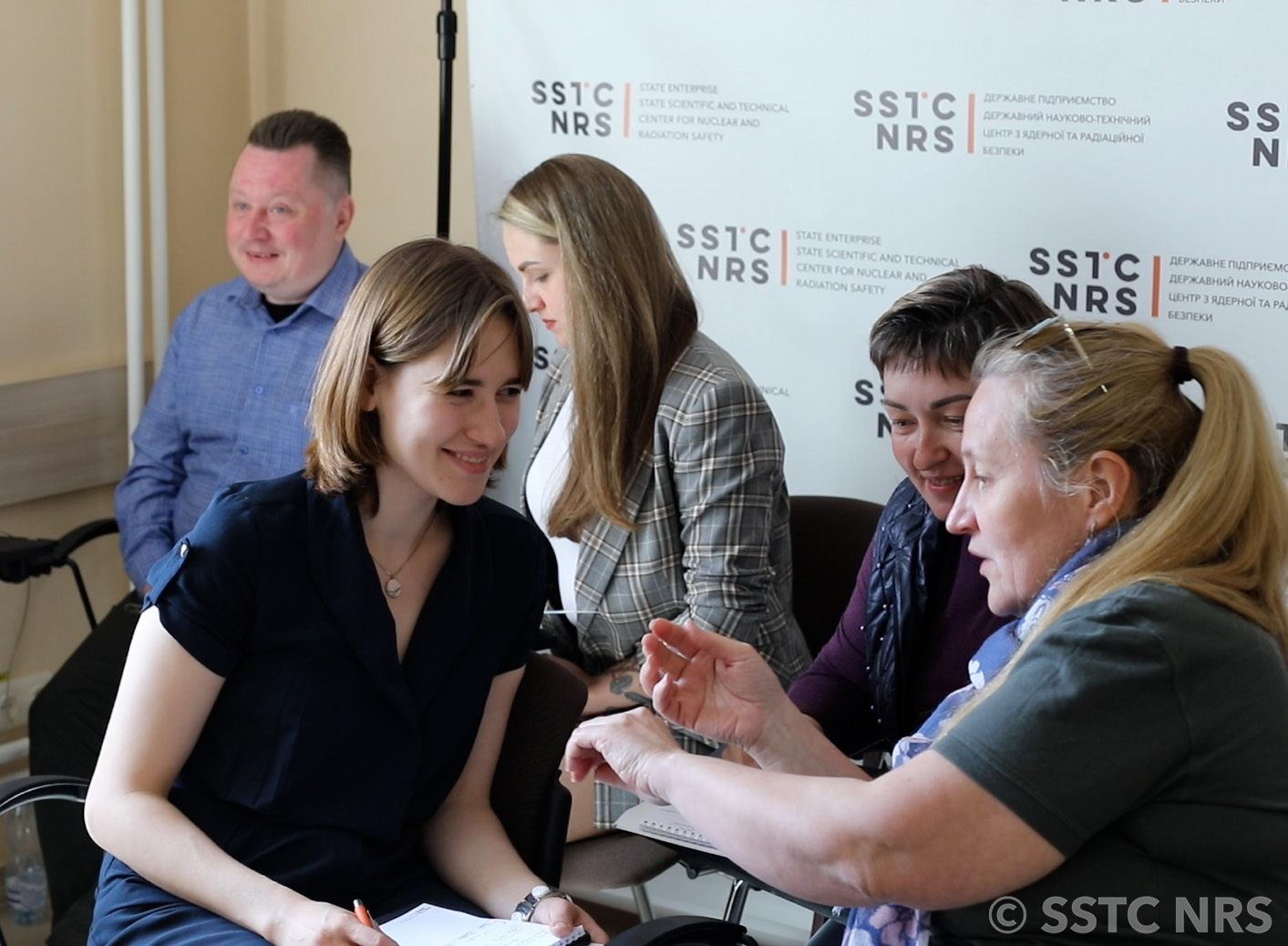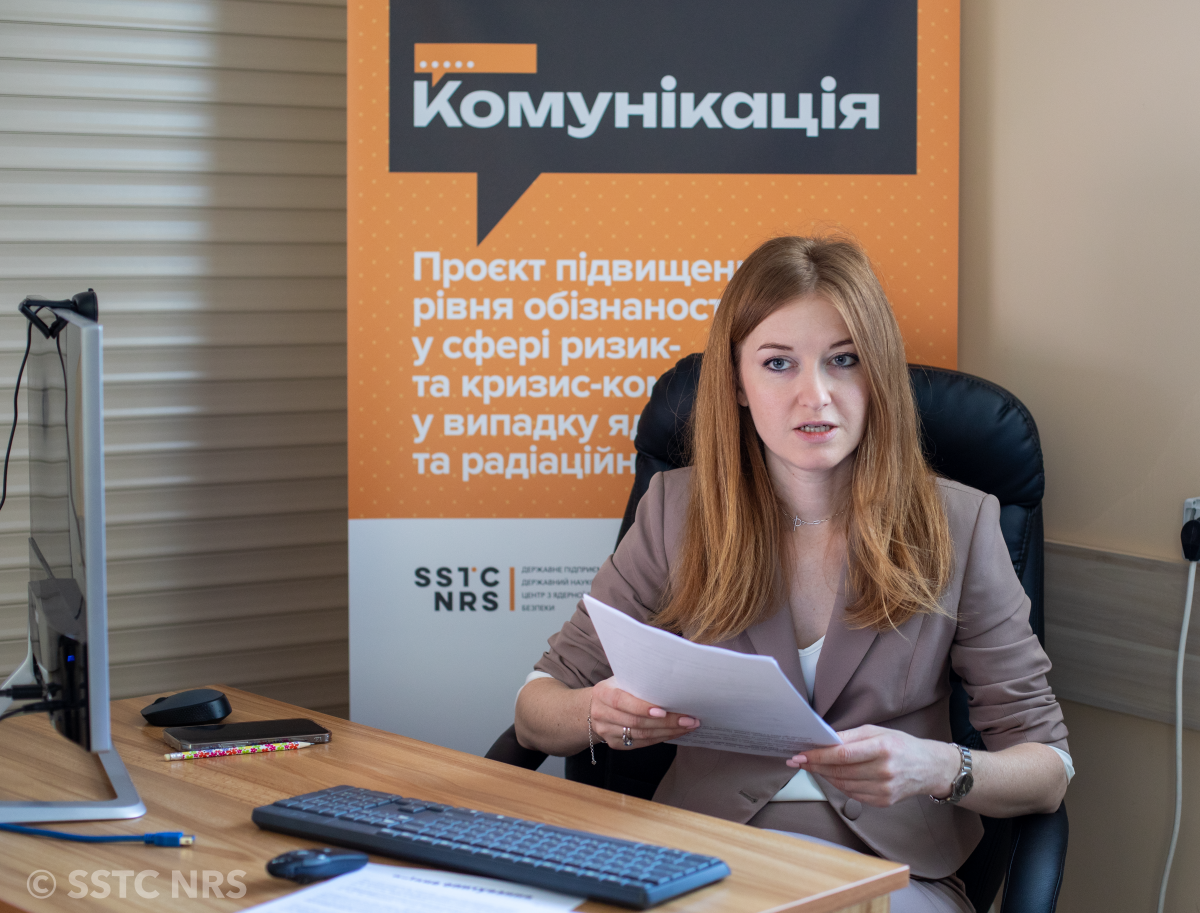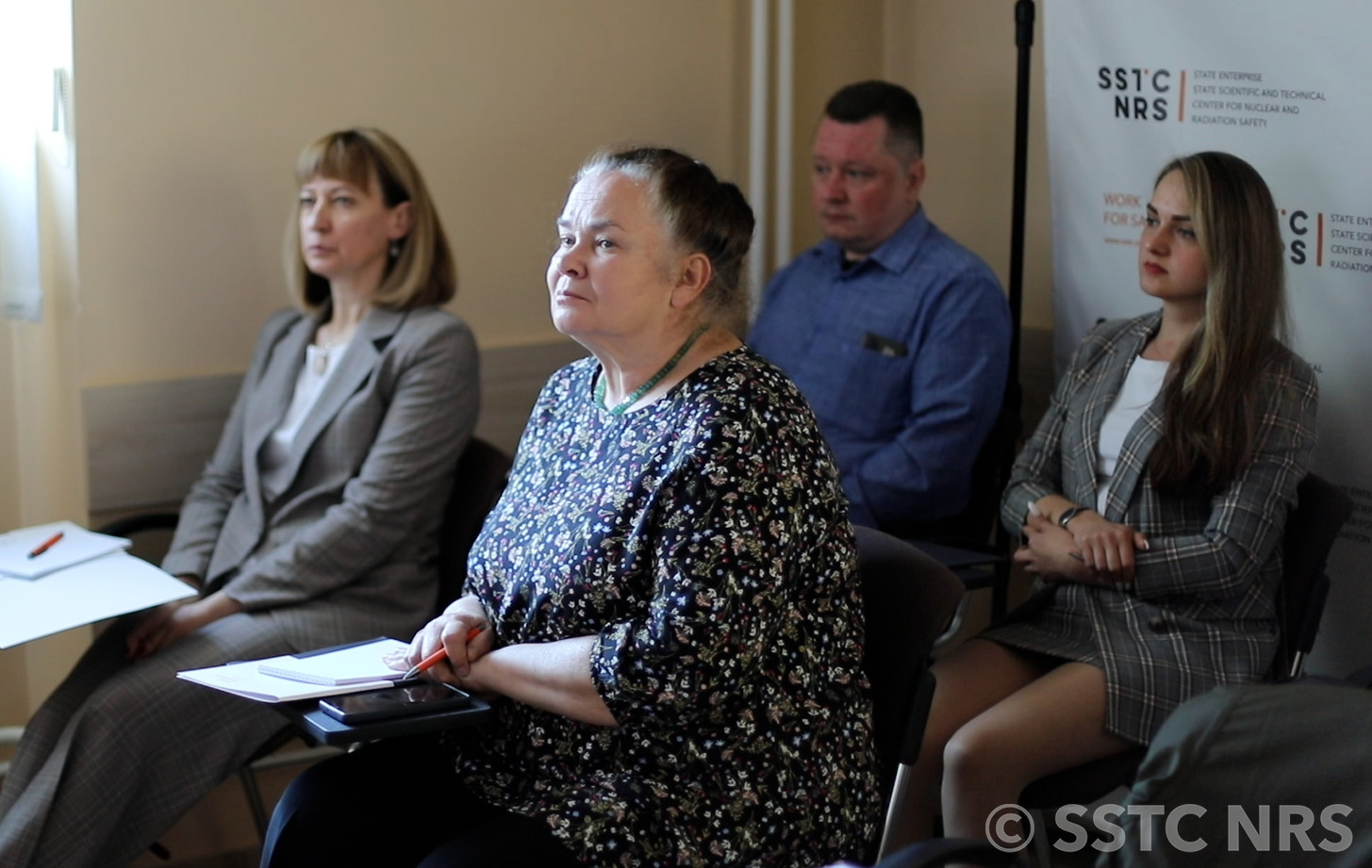Crisis communication in times of war: experience, challenges and responses
Crisis communication has become an integral part of the Ukrainian media space long before the full-scale invasion. Its importance was acutely felt in the spring of 2020, during the global COVID-19 pandemic. At that time, the media faced the need to convey information from official sources to the public in a prompt, objective, and responsible manner. The key task was to maintain public trust, prevent panic and ensure compliance with life-saving recommendations.
However, the communication was not always effective: untimely messages or lack of proper evidence only increased social tension.
With the onset of the full-scale invasion, crisis communication for Ukraine became not just a tool, but a shield that protects trust, peace and life. The topics of nuclear and radiation safety became particularly sensitive, as in the first days of the war, Russian troops seized the facilities of the Chornobyl and Zaporizhzhia NPPs and attacked other critical nuclear infrastructure. The flow of messages, which often had mutually exclusive content, only increased uncertainty and panic.
Under these conditions, nuclear and radiation safety came to the fore. Citizens needed not only facts but also clear answers: what to do in case of an accident? How to recognize the threat? How real is the risk of a catastrophe?
Nuclear safety experts are faced with a dilemma: how to talk about risks honestly but not to stir up fear? Especially in a country that already has the trauma of Chornobyl and massive radiophobia, where even one wrong word can destroy the peace of entire regions.
The problem is that the absence or delay in response from official sources often leads to an information vacuum that is instantly filled with fakes and hostile narratives. And incorrectly constructed communication can itself become a driver of a new crisis.
With the beginning of the full-scale invasion of Ukraine by Russia, experts of the State Scientific and Technical Center for Nuclear and Radiation Safety (SSTC NRS) actively participated in the information field: experts provided comments to national and international media, prepared publications on hot topics that arose almost daily, initiated and implemented campaigns aimed at debunking fake news and Russian narratives.
One illustrative example was an information campaign on iodine prophylaxis implemented by the SSTC NRS Communications Department. After a wave of reports on the threat of terrorist attacks at Ukrainian nuclear facilities, some Ukrainian pharmacies experienced a shortage of potassium iodide. The media picked up this fact, and panic arose in society.
A competent crisis response helped to avoid a crisis. The initiative was intercepted and the information surge was brought under control.
The first step was to publish a press release on the SSTC NRS website, social media and Uatom.org, and send this material to the national media.
Due to the prompt response and correct message construction, during the peak of the crisis, the media broadcast official information from the SSTC NRS, asked competent experts for comments, and SSTC NRS spokespersons were actively involved in communication.
On July 1, 2023, a street action was held in the city of Bucha, which was liberated from occupation, as part of the SURVEY project implemented by the SSTC NRS with the assistance of the State Nuclear Regulatory Inspectorate of Ukraine (SNRIU) and financial support from the Norwegian Nuclear and Radiation Safety Authority (DSA). Although the event had a different topic, most of the questions from the public concerned the situation at ZNPP and the need to take potassium iodide.

Analyzing the situation, in response to the challenges related to the dissemination of information during nuclear and radiation threats, SSTC NRS together with DSA and SNRIU initiated and successfully implemented the COMMUNICATION project in 2024. Its goal was to improve the professional training of SNRIU and SSTC NRS experts, strengthen crisis communication skills among employees of the Information and Crisis Center (ICC), and unify approaches to preparing messages in the event of nuclear or radiation incidents. The project also envisaged strengthening cooperation with the media to create an informed information space, increasing the presence of nuclear and radiation safety experts on television, radio and online formats, and raising basic awareness of journalists on the specifics of covering nuclear safety topics in wartime.
The COMMUNICATION project is the beginning of a large-scale movement to create systematic, sustainable and professional crisis communication capable of protecting citizens not only physically but also informationally.

As part of the initiative, a three-day training seminar was held for SNRIU and SSTC NRS experts, in particular for employees involved in the work of the ICC. The main focus was on the preparation of messages and peculiarities of communication during emergencies related to nuclear or radiation threats. A two-day training on establishing systematic cooperation with the media was also held to increase the number of expert comments on nuclear and radiation safety from competent representatives.
The final stage was a three-day webinar for journalists on the specifics of covering events related to nuclear or radiation incidents, as well as other relevant aspects of nuclear energy. The project helped to raise awareness among professionals and the media, form a unified approach to crisis communication, and help strengthen public confidence in official sources of information in times of war.

Communication with the public in times of war is a critical component of the state's information policy, especially for sensitive areas such as nuclear security. The nuclear industry needs a balanced strategy to ensure public awareness, maintain public calm and prevent the spread of panic.
Cooperation with the media has become not only a channel for conveying important information on the state of nuclear and radiation safety, but also an effective mechanism for bilateral communication. Experts demonstrated their readiness for an open dialog, which allows improving the quality of messages appearing in the information space during crisis events.
Today, when Ukraine is in a state of war, propaganda, disinformation and high-tech threats, crisis communication is our tool for survival. And at the same time, it is our chance for truth, for trust, for victory in the information war that is going on in parallel with the war at the front.
Tetiana Verbytska
Head of Public Relations SSTC NRS
tv_verbytska@sstc.ua